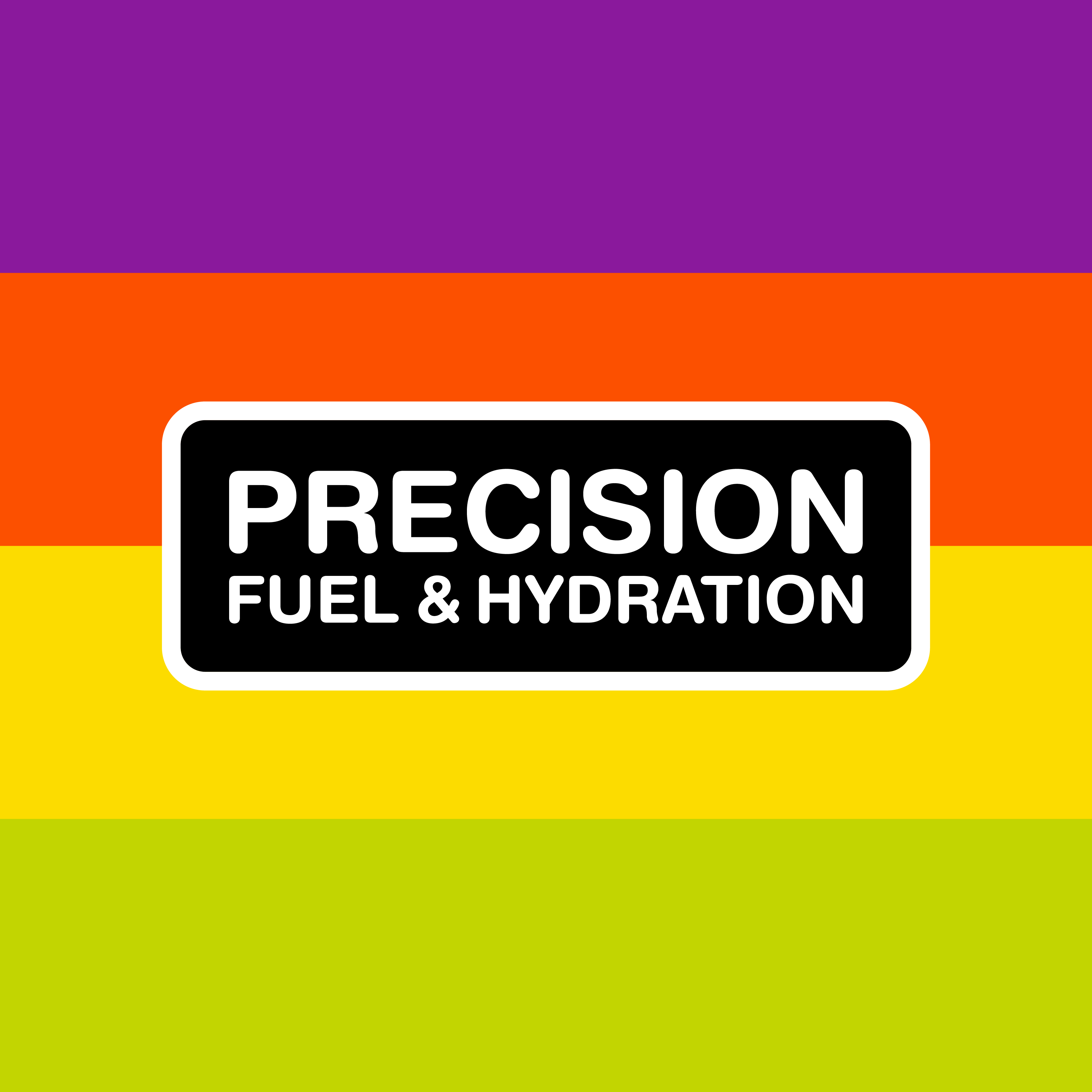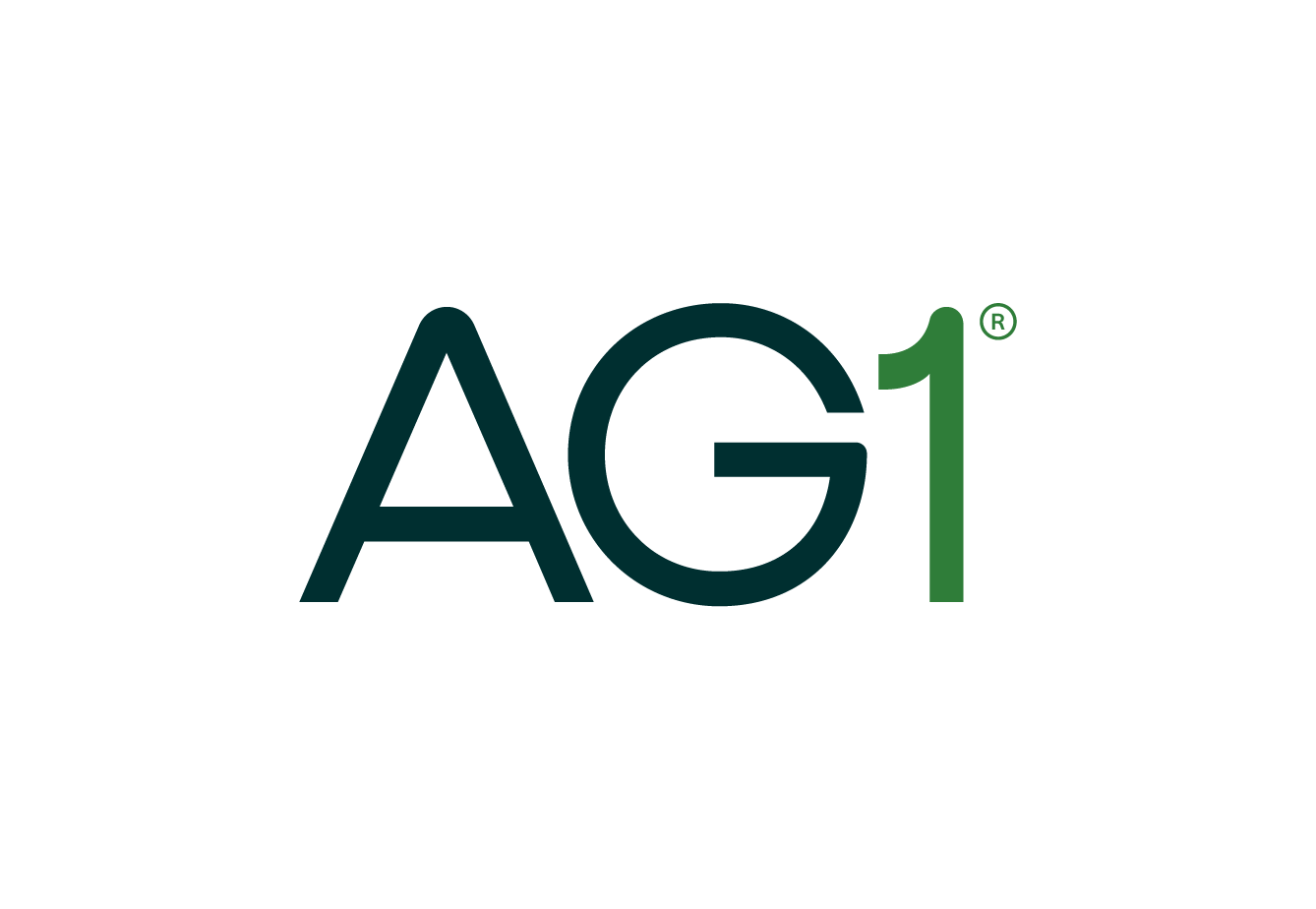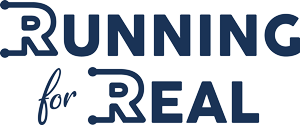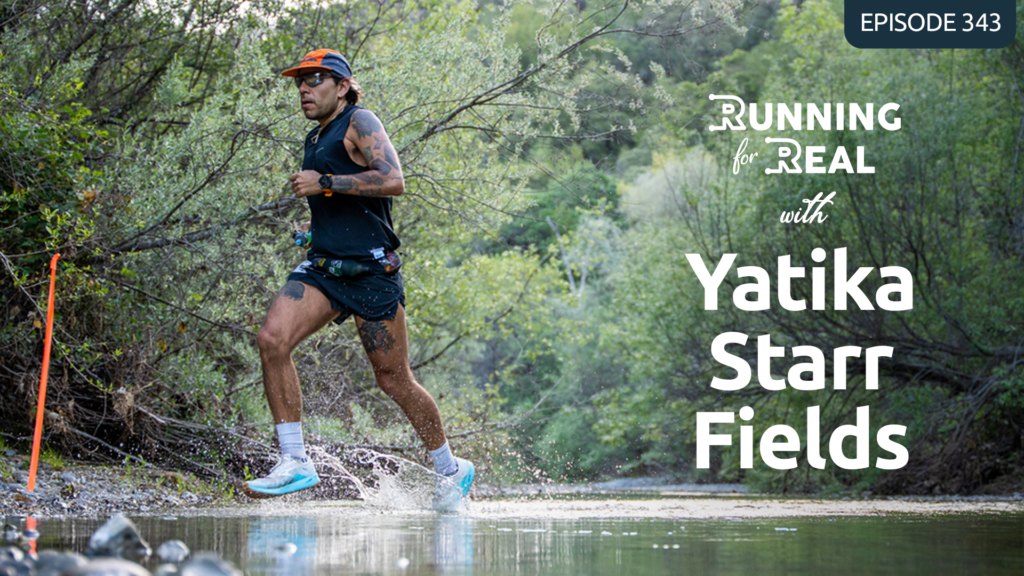William Faulkner said, “The past is never dead. It’s not even past.” As James Fell recounts it, the past is alive, kicking, and throwing f-bombs. Volume I of his self-published, two-volume On This Day in History Sh!t Went Down has just been republished by Bantam Books.
Before he became the “Sweary Historian” though, James was a fitness columnist for the Los Angeles Times and the Chicago Tribune, and authored two books on fitness and motivation. And as befits a fitness writer, he’s a long-time runner.
Listen to the Running for Real podcast here:
Apple (iTunes) Podcast | Sticher | Castbox | Overcast | Spotify | Google Play | iHeartradio |
James has a master’s degree in history, but he only began writing about the past a few years ago. After graduating, he used his other degree, an MBA, to procure a marketing job. But that, he says, “was just ‘wanting to be a good provider for my family’ kind of bullshit. What I really wanted to do was write full time and I thought maybe I could be a science fiction writer. Then I realized there’s no fucking money in that. So after a marketing analysis, I realized there is actually enough work out there as a fitness writer that I could make a living at that.”
He’d become interested in fitness after gaining almost 50 pounds while in college. “I’d never been one of those kids who was good in gym class, and it was at the age of 25 that I started getting in shape. But I was mostly just into lifting weights a lot. I didn’t do anything terribly aerobic. And then when I was coming up on 40 and decided, ‘Okay, I want to become a fitness writer; this is what I’m gonna start doing,’ I thought, ‘I need to lose some more weight.’ Because part of it is, you have to build a brand around yourself if you’re gonna be a big name fitness writer. This is gonna sound stupid, but I figured I need to be able to see my abs.
“There were two things that I decided to do if I wanted to become a fitness writer. I thought, ‘Okay, I can find good facts and information, but I’m not a kinesiology professor or a top level coach or a top level athlete. Therefore, looking at this from an MBA in marketing perspective, I need every type of credential that I can get. So I got a certified strength and conditioning specialist certification, which is a very good one. But I also got abs because I figured that was important. I had to look really good with my shirt off. And so that was where the running came in.”
He didn’t enjoy running initially, but he discovered that it was good for his writing. “From a creative standpoint, that was really good for idea generation and coming up with fun, quirky things to say. I became a runner in order to facilitate becoming a fitness writer. And then when I became a fitness writer, that was another skill and knowledge base that I had that I could write about because I often put myself into the story.”
After he’d been writing for the Los Angeles Times for about a year and a half, James decided that he should run a marathon. He started training for the Los Angeles Marathon, which takes place in March, in January. “I thought, ‘Well, I’m gonna run a sub four because that’s a goal that a lot of marathoners have,’ and all these experienced marathoners are like, ‘No, no, don’t do that. Your goal is to finish.’ And I’m like, ‘You don’t understand; I’m writing about it for the Los Angeles Times. I’m gonna run a sub four.’ And they’re like, ‘You’re gonna regret it. You’re gonna blow up and you’re gonna fall apart at the wall at 20 miles,’ and I’m like, ‘Okay, thank you for your advice,’ and it was fine.” He finished in 3:52 and was “ecstatic.”
Friends told him that he should try to qualify for Boston. He needed 3:25 to qualify and, he recalls, “I just said, “No way. I can’t do that; that is too painful.’” But everything changed with the Boston marathon bombing. “I started to think pretty quickly that it was important. The next year, 2014, was going to be a very important year for the Boston marathon because I knew that the mentality of runners, marathoners specifically, was that this was something where we had to reclaim the finish line from the terror of that day.
“And I thought, ‘I want to be a part of that and I want to tell the story of what that means. And that means that I have to be there and run the race.’ There wasn’t enough time for me to qualify and not only qualify but beat the sort of buffer zone that they put in. So I ran on a charity bib. I raised money for the Alzheimer’s Association, but I figured I also wanted to qualify.”
He ran a marathon in October to see if he could make the qualifying time, and he did, by 29 seconds. It took a toll. “I barely made it my last kilometer. I was falling apart. It took me six minutes to run my final kilometer because I was just exhausted. There’s quite a hilarious video of me crossing the finish line because I actually collapsed and crawled the last three feet. It wasn’t exhaustion; it was my quads gave out.”
Afterwards, he recalls, “I was a mess. I had just destroyed myself to make that time. And so when I did run Boston the following April, I had three goals. My previous marathon, I was always looking at the GPS. This time, I’m not doing that. I’m not even going to wear a watch. My goal was number one, finish the race. Number two was to have a good time. And a distant third was, if possible, getting under four hours.” He accomplished all of his goals, and felt great.
James continued to run, but then in 2019 he had a book published, The Holy Shit Moment. “It fucking tanked,” he says. “I was proud of the book. I put a lot of work into it, but it was not what the market wanted. And so in early 2020, I was devastated because my writing career was on life support. My agent basically said, ‘The reality of publishing is you’re only as good as your last book, and I can’t sell you anymore; you didn’t work out. Best of luck in future endeavors.”
He embarked on a public speaking career, which went well until COVID hit. His wife, a doctor, told him early on how bad the pandemic was going to be and that it would change the way we live our lives. “That was when I was really like, ‘Fuck,’ and I didn’t know what to do and I was in a major state of anxiety. I’m Canadian and I was very interested in what was happening south of the border. And by ‘interested,’ I mean, ‘terrified,’ and with the combination of a likely Trump re-election and COVID and my career being dead ,I did not have the mental capacity to run. It’s always been hard for me to do it. I enjoy it. I would feel great after I do it. But getting out the door meant I had to be in a good sort of headspace and I was not.”
He stopped running and on a whim, decided to dust off his quarter century-old master’s degree and write profanity-filled history pieces that he posted on Facebook. They immediately took off. “I was like, ‘Holy shit, I think maybe I’m on to something here,’ and my wife is like, ‘This is what you have to do. I’ve never seen you so excited about something in my life; you need to keep doing this.’” He launched a highly successful Patreon account, then self-published the first volume of On This Day in History Sh!t Went Down.
“All of a sudden, all of my money problems are over. My writing career is a much bigger success than I ever could have imagined. I’m doing way better than I ever did as a fitness writer. And then I got vaccinated, and Trump was out, and I’m making all this money, and I’ve finally got a career that I absolutely love, but I couldn’t get back to the running.”
He believes it was a combination of practicality and self-esteem. “When I think of how much time it takes to get ready for a run, and then after a run, I gotta wait for myself to cool off while I sit there in a puddle before I take a shower, it’s a big chunk of the day. It’s hard to make it feel like it’s worth it, if you struggle to go four or five kilometers. I don’t want to go through all that bullshit if I can’t go for at least 10K. That’s the practical side of things. From the self esteem side of things, growing up being terrible at sports, being belittled in gym class and the guy that was always picked last for teams, I just didn’t like being shitty at it.”
Eventually though, he decided that it was time to get back into shape. He hadn’t run a race since Boston in 2014. “I didn’t want to register for a marathon because marathons are a bit much, but 10Ks are too easy. So I figured I’ll run a half marathon and there’s this famous half marathon in Banff, which is just a little over an hour away from where I live, called the Melissa’s half marathon, and I registered for that. And I also set a goal of sub two hours.”
Training went well, and, he says, “I thought, ‘Now I’m good to go. I’m gonna kick ass in this half marathon,’ and everything went perfect. It’s out in Banff, which is one of the most beautiful places in the world. It was fun. I ran a 1:53 and I felt great. And then that night, everything went to fucking shit.”
A medical emergency unrelated to running landed him in the emergency room. A week later he was scheduled for surgery. This interview was recorded the day before James’ surgery, and we’re happy to report that it went well and that he’s on the mend. He’ll be able to start running again soon, and his goal is to run Melissa’s half marathon again next year. “I’m gonna be ready for it. That’s the plan. I am committed to getting back to it.”
Resources:
Thank you to Tracksmith, Precision Fuel & Hydration, and AG1 for sponsoring this episode.

Tracksmith is an independent running brand inspired by a deep love of the sport. For years the brand has elevated running wear using best-in-class materials and timeless silhouettes that perform at the highest level and can be worn everyday, not just for running.
Tracksmith helps the environment by making comfortable, durable clothes that will last for years, rather than winding up in the landfill, but that’s not the only contribution they make. They supported Running for Real in creating our RED-S: Realize. Reflect. Recover program. They help athletes who are trying to make the Olympic trials, and they offer scholarships for creatives to work on their crafts.
If you’re a new customer, go here and use the code TINANEW at checkout to get $15 off your order of $75 or more. Returning customers can use the code TINAGIVE, and Tracksmith will give you free shipping and donate 5% of your order to TrackGirlz.

Precision Fuel & Hydration helps athletes crush their fueling and hydration so they can perform at their best. Tina used their electrolytes and fuel when she finished first female and third overall at the Bryce Canyon 50 Miler. You can use their free Fuel & Hydration planner to understand how much carb, fluid, and sodium you need for your key runs.
If you have more questions, Precision offers free video consultations. Their Athlete Support crew will answer your race nutrition questions and act as a sounding board for your fueling strategy. No hard-sell, just an experienced and friendly human who knows the science and is full of practical advice on how to nail your race nutrition. You can book a call here.
Once you know what you need to run your best, you can go here to get 15% off their range of multi-strength electrolytes and fuel.

AG1 is the daily Foundational Nutrition supplement that delivers comprehensive nutrients to support whole-body health.
With its science-driven formulation of vitamins, probiotics, and whole-food sourced nutrients, AG1 replaces your multivitamin, probiotic, and more in one simple, drinkable habit. And just as importantly, it actually tastes good!
If a comprehensive solution is what you need from your supplemental routine, go here and get a FREE 1-year supply of Vitamin D AND five free AG1 Travel Packs with your first order!
Thanks for listening!
If you haven’t already, be sure to subscribe on Apple, Spotify, iHeart, YouTube, or wherever you get your podcasts. And if you enjoy Running for Real, please leave us a review!
Keep up with what’s going on at Running for Real by signing up for our weekly newsletter.
Join the newsletter
This is not your usual email newsletter. With Tina’s personal reflections and recommendations, suggestions of things to do, thoughts to contemplate, and some updates, this newsletter is one that you’ll WANT to read, not hit “delete” as soon as you see it.
Follow Tina on Instagram, Facebook, and Twitter. You’ll find Running for Real on Instagram too!
Want to be a member of the Running for Real community? Join #Running4Real Superstars on Facebook!
Subscribe to our YouTube channel for additional content, including our RED-S: Realize. Reflect. Recover series of 50+ videos.
Thank you for your support – we appreciate each and every one of you!



